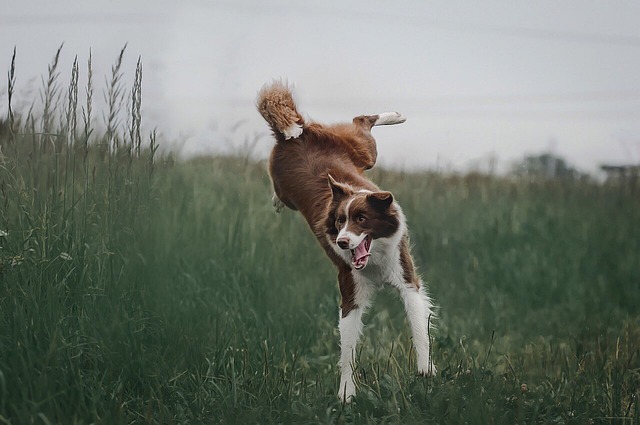Does your dog go way over the top when someone comes to the door? Or melt down during storms? Whether your pup is anxious, hyperactive or just easily overstimulated, having a few calming tools can make life a lot easier.
Here’s why your dog may not be calm — and the most effective ways to help him relax.
Why Isn’t My Dog Calm?
Dogs can get anxious or overly excited for plenty of understandable reasons — a thunderstorm, a favorite person visiting, a sudden loud noise, unfamiliar guests, you name it.
But sometimes bigger reactions come from:
- A lack of early training
- Underdeveloped coping skills
- Genetics (some dogs are naturally more anxious or reactive)
If your dog seems stressed or worked up in many situations, it’s worth consulting a certified behavior consultant or veterinary behaviorist. But you can still try plenty of helpful techniques at home in the meantime.
Ways to Calm an Anxious or Hyperactive Dog
These at-home strategies can help most dogs settle down — whether they’re nervous, overstimulated or just having a moment.
1. Use Dog Appeasement Pheromones (DAP)
DAP (sold as Adaptil) mimics the pheromones a mother dog releases to soothe her puppies. Many behaviorists recommend it because it’s safe and often effective.
It comes in several forms:
- Collar (Try the Adaptil collar from Amazon)
- Spray (for bedding and soft items — never spray directly on your dog) (Try the Adaptil spray from Amazon)
- Plug-in diffuser (Try the Adaptil diffuser from Amazon)
Not every dog responds, but for many, it makes a noticeable difference.
2. Try a ThunderShirt
ThunderShirts work like a gentle, constant hug and can significantly help dogs who are anxious or easily overstimulated. They’re especially helpful for fear-based anxiety, like storms or fireworks.
Try this ThunderShirt from Amazon
3. Consider Calming Supplements
Many calming chews use L-theanine, an amino acid shown to reduce stress in dogs. One study found 94% of dogs showed improvement during thunderstorms when given L-theanine.
Always check with your vet before starting any supplement — interactions and side effects are possible.
Try VetriScience Composure behavioral dog chews from Amazon
4. Teach Your Dog to Love His Crate or Mat
When your dog loves his crate or mat, you can train him to go there on cue, particularly during situations that might be exciting or stressful for him.
A crate or mat that feels safe can be a powerful calming tool.
Start by building positive associations:
- Feed meals in the crate or on the mat
- Drop treats there regularly
- Put new toys or chews there first
Once your dog views it as a comfy retreat, you can train a “go to your place” cue:
- Reward him for moving toward the crate/mat.
- Reward again once he’s on it.
- Lure him into a down.
- Add a release cue (like “OK!”) by tossing a treat away from the mat.
- Add duration gradually.
- Eventually, add a verbal cue like “Place.”
This takes time, so don’t get discouraged — consistency pays off.
5. Use Treat Scattering for Quick Distraction
If your dog is amped up or nervous, tossing a handful of treats on the ground can redirect his focus and help him calm down — as long as he’s relaxed enough to eat.
If he’s too overwhelmed to take food, gently remove him from the situation.
6. Ask for a “Stop and Think” Behavior
Teaching your dog to pause and think before exciting events can help him stay calmer overall.
Try asking for a sit before:
- Throwing a ball
- Putting on the leash
- Opening the door
- Giving attention
Little moments of impulse control add up to a calmer dog.
The Bottom Line
Every dog gets worked up sometimes — but if your pup tends to spiral, these calming tools can make a huge difference. With a mix of training, environment changes and the right calming aids, your dog can learn to relax instead of react.
And if your dog’s anxiety seems intense or constant, a vet or behavior professional can help you create a personalized plan.
We independently pick all the products we recommend because we love them and think you will too. If you buy a product from a link on our site, we may earn a commission.











